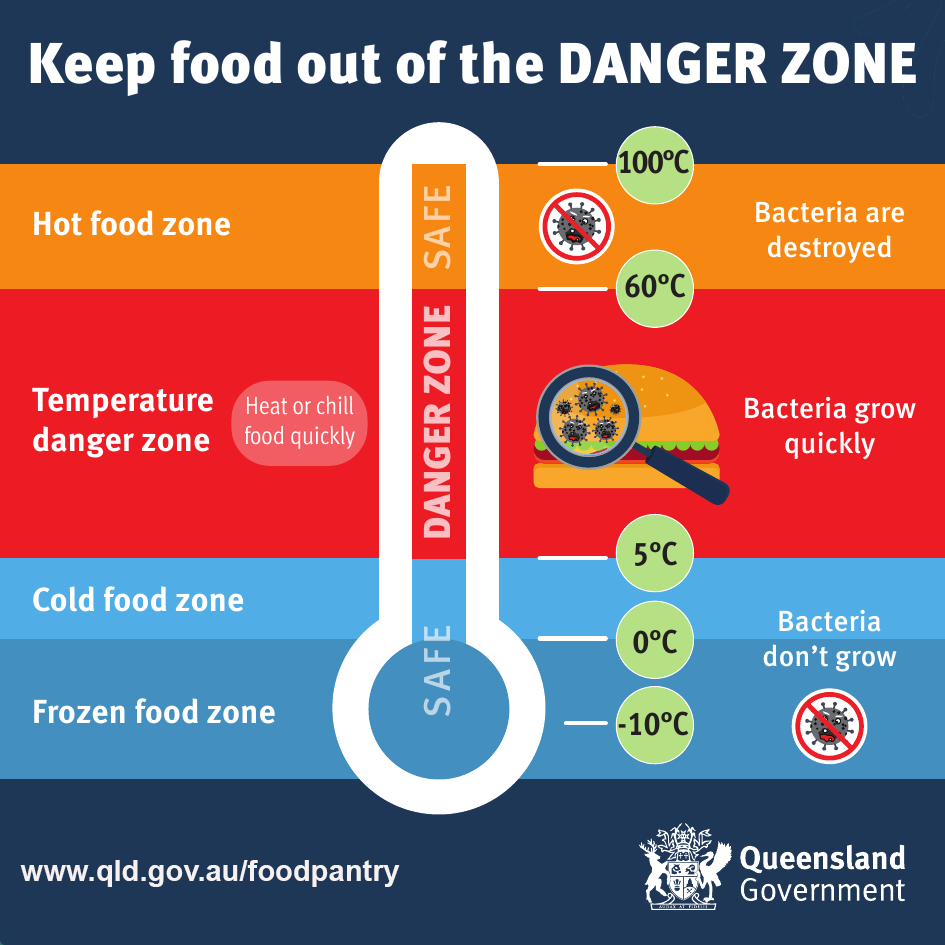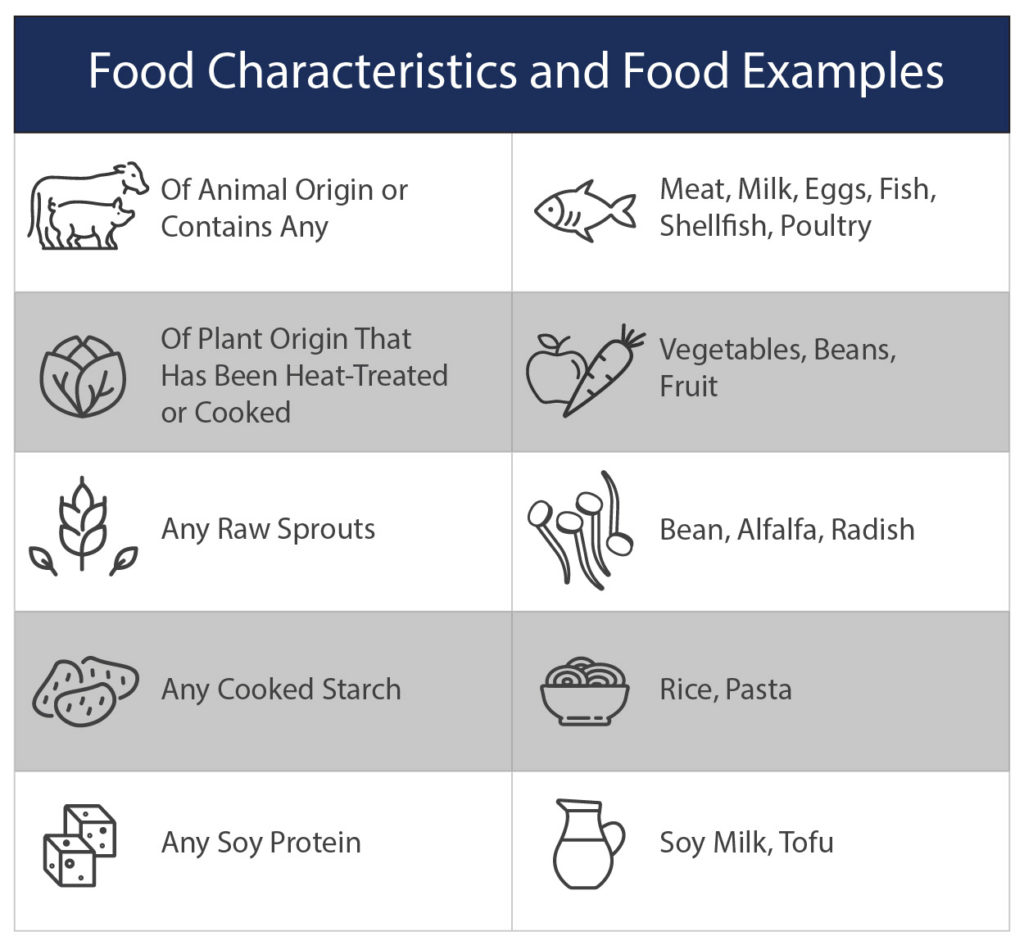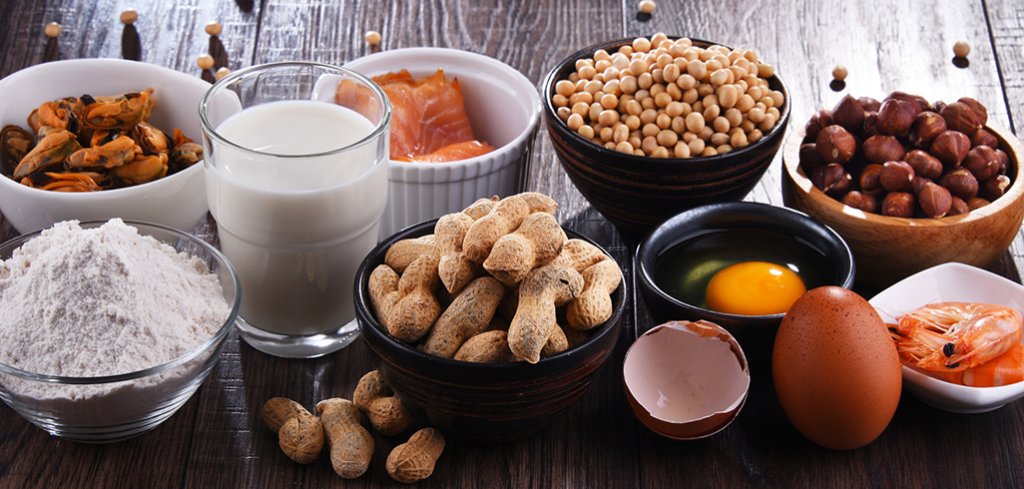Navigating the realm of cold potentially hazardous foods demands a comprehensive understanding of their characteristics, handling practices, and regulatory guidelines. Delve into this guide to unravel the complexities of these foods and empower yourself with the knowledge to prevent foodborne illnesses.
Food Safety Regulations

Food safety regulations play a critical role in preventing foodborne illnesses by establishing guidelines and standards for food handling, preparation, and storage. These regulations aim to minimize the risk of contamination and ensure the safety of food for consumers.
Specific Regulations for Cold Potentially Hazardous Foods
Specific regulations exist for cold potentially hazardous foods due to their high risk of bacterial growth. These regulations include:
- Temperature control:Foods must be maintained at or below 41°F (5°C) to inhibit bacterial growth.
- Time and temperature control for cooling:Foods must be cooled rapidly to 41°F (5°C) within a specified time frame to prevent the growth of pathogenic bacteria.
- Proper storage:Foods must be stored in clean, refrigerated units at or below 41°F (5°C) to maintain their safe temperature.
Importance of Adhering to Regulations
Adhering to food safety regulations is essential for preventing foodborne illnesses and protecting public health. Violations of these regulations can result in the contamination of food and the spread of bacteria, leading to illnesses and potential hospitalization.
Characteristics of Cold Potentially Hazardous Foods

Cold potentially hazardous foods are foods that can support the rapid growth of bacteria if they are not properly refrigerated. These foods typically contain high levels of moisture and protein, which provide ideal conditions for bacteria to grow. Common examples of cold potentially hazardous foods include:
- Dairy products (milk, cheese, yogurt)
- Eggs and egg products
- Meat and poultry
- Seafood
- Tofu and other soy products
The characteristics that make these foods susceptible to bacterial growth include:
High moisture content
Bacteria need water to grow, and cold potentially hazardous foods typically contain high levels of moisture.
High protein content
Protein is a nutrient that bacteria need to grow, and cold potentially hazardous foods typically contain high levels of protein.
Neutral pH
Bacteria grow best in neutral or slightly acidic environments, and cold potentially hazardous foods typically have a neutral pH.
Long shelf life
Cold potentially hazardous foods typically have a long shelf life, which gives bacteria more time to grow.It is important to properly refrigerate cold potentially hazardous foods to prevent the growth of bacteria. Refrigerators should be set to 40°F (4°C) or below.
Cold potentially hazardous foods should be stored in the coldest part of the refrigerator, such as the back or bottom shelf.
Storage and Handling of Cold Potentially Hazardous Foods

Cold potentially hazardous foods must be stored and handled properly to prevent the growth of harmful bacteria. Proper storage temperatures and handling practices are essential to ensure the safety of these foods.
The following guidelines should be followed when storing and handling cold potentially hazardous foods:
Proper Storage Temperatures, Cold potentially hazardous foods
- Cold potentially hazardous foods should be stored at or below 41°F (5°C).
- Refrigerators and cold-holding equipment should be monitored regularly to ensure they are maintaining the proper temperature.
- Foods should be placed in shallow containers to allow for even cooling.
Best Practices for Handling
- Foods should be handled with clean utensils and gloves.
- Cross-contamination should be prevented by separating raw and cooked foods.
- Foods should be thawed in the refrigerator, under cold running water, or in the microwave.
- Thawed foods should be cooked immediately or discarded within 24 hours.
Key Storage and Handling Guidelines
| Guideline | Importance |
|---|---|
| Store foods at or below 41°F (5°C) | Prevents bacterial growth |
| Monitor temperatures regularly | Ensures foods are stored at the proper temperature |
| Use shallow containers | Promotes even cooling |
| Handle foods with clean utensils | Prevents cross-contamination |
| Separate raw and cooked foods | Prevents cross-contamination |
| Thaw foods properly | Prevents bacterial growth |
| Cook thawed foods immediately | Prevents bacterial growth |
FAQ Summary
What are the key characteristics of cold potentially hazardous foods?
Cold potentially hazardous foods are perishable items that support the rapid growth of bacteria due to their high moisture content, neutral pH, and lack of antimicrobial properties.
What is the “4-hour rule” for cold potentially hazardous foods?
The “4-hour rule” states that cold potentially hazardous foods can be held at temperatures between 41°F and 135°F for a maximum of four hours before they must be discarded or cooked.
Why is time and temperature control crucial for cold potentially hazardous foods?
Time and temperature control are critical because they slow down or prevent the growth of bacteria that can cause foodborne illnesses.
